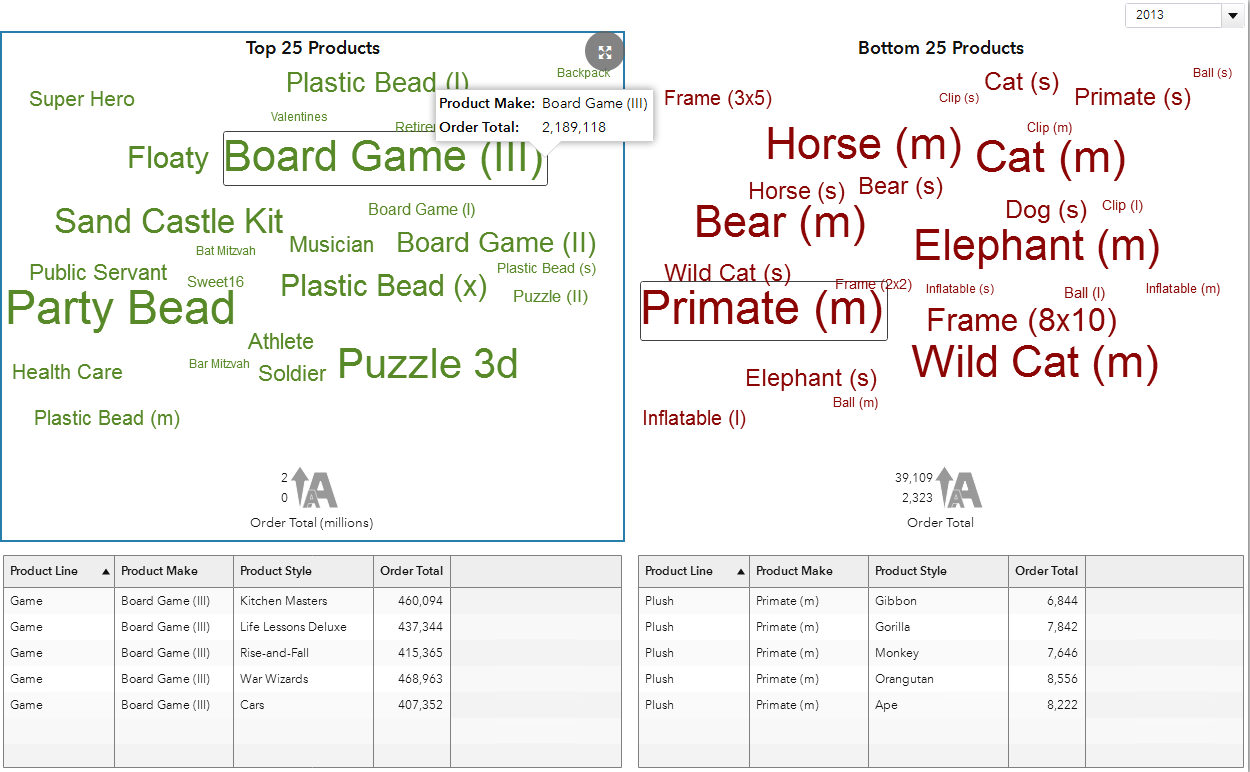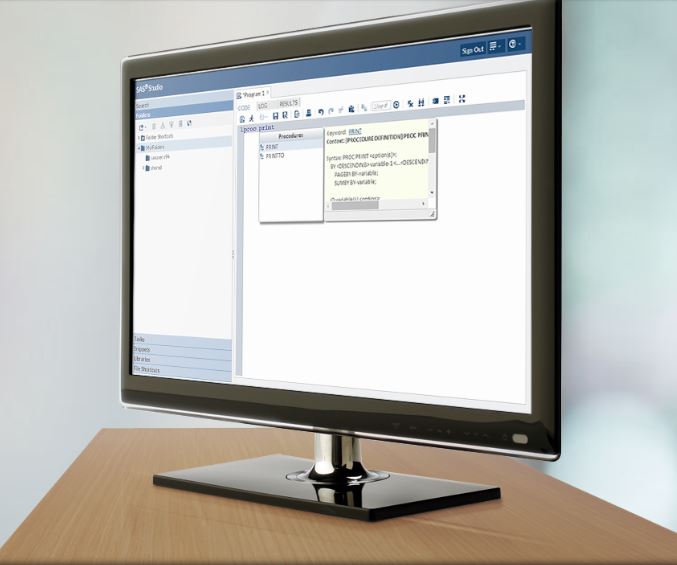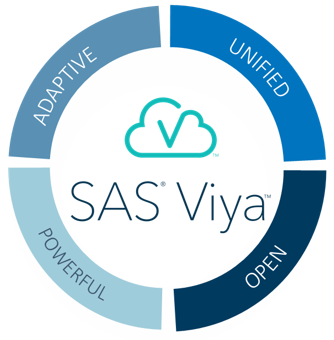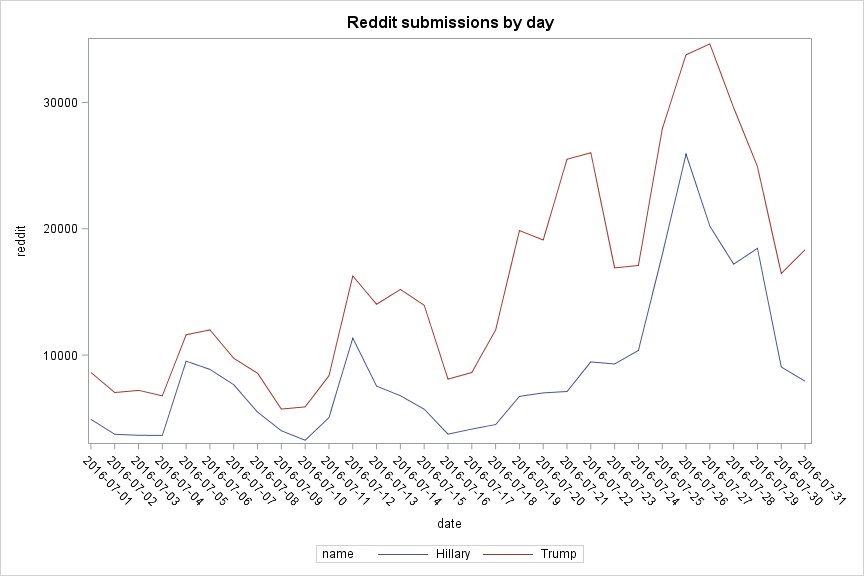
The SAS® Output Delivery System provides the ability to generate output in various destination formats (for example, HTML, PDF, and Excel). One of the more recent destinations, ODS Excel, became production in the third maintenance release for SAS 9.4 (TS1M3). This destination enables you to generate native Microsoft Excel formatted


















